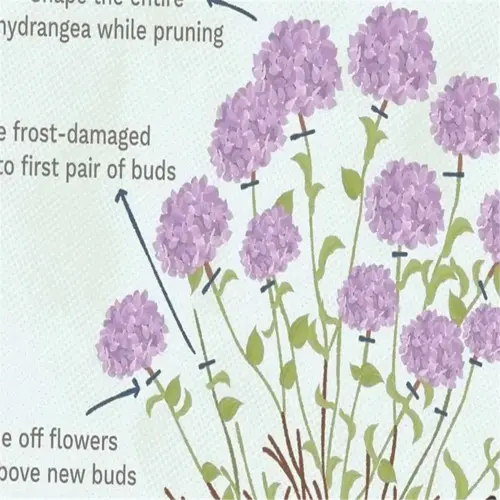Can I mix worm castings with synthetic fertilizers?

Written by
Tina Carter
Reviewed by
Prof. Martin Thorne, Ph.D.Among the many worm castings benefits is the ability to buffer the salts in synthetic fertilizers. Multiple components are involved, so making the correct mixture is important. I had a corn crop that yielded 20% more ears of corn when I put worm castings at planting and synthetic fertilizers when the crops were tasseling. Testing the pH of your soil is very important first, as ideal pH ranges minimize nutrient lockout and maximize synergistic proportions.
Heavy Feeders (Corn, Tomatoes)
- Apply castings 2 weeks pre-planting
- Use 50% synthetics during fruiting
- Test soil weekly for N-P-K balance
Leafy Greens (Lettuce, Kale)
- Mix castings/synthetics 3:1 ratio
- Apply jointly every 3 weeks
- Monitor for nitrogen tip burn
Soil chemistry controls success. Humic acids in the castings were able to hold excess nitrates from synthetic fertilization, as found in the Purdue University study. I had a tomato study with 0 blossom-end rot at 30% castings, and when I went above 40% castings, the excess binders started to compete with calcium. Balancing is a must.
Over-Fertilization Signs
- Leaf curl: flush soil with 2x water volume
- Stunted growth: pause synthetics 14 days
- White crust: leach with saponin-rich teas
Recovery Protocols
- Add 1" castings top-dress to buffer salts
- Inoculate with compost tea microbes
- Retest soil after 10 days
Transition slowly, take out 25% of synthetics each year, and put in castings. During my three-year rotational scheme for cover cropping, I cut my fertilizer costs by 70% while I doubled my existing population of earthworms. When I tested my soil and it had a stable pH, I also discovered there were 300% more mycorrhizal networks than in previous years. The benefits of ecology have proven more sustainable than a reliance on chemistry in the soil.
Read the full article: 10 Worm Castings Benefits You Need to Know

